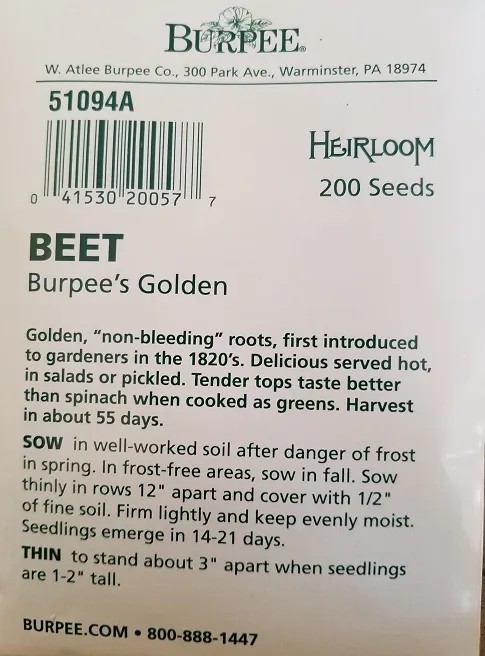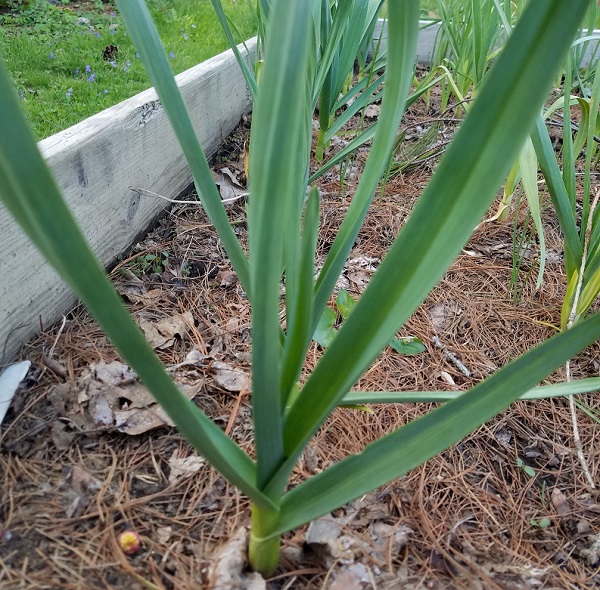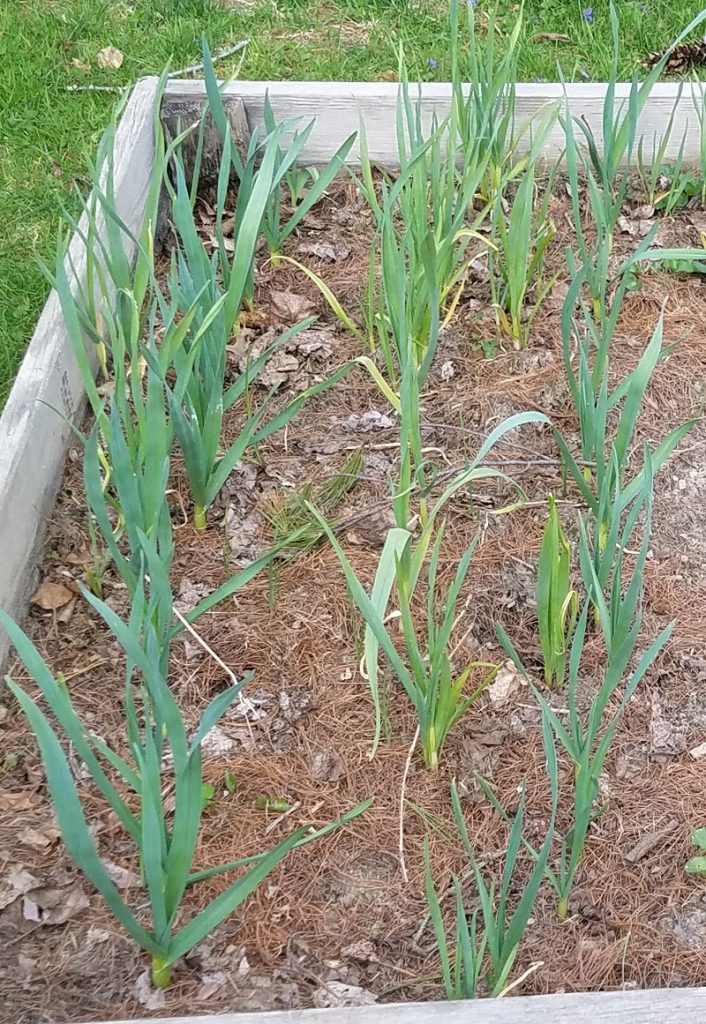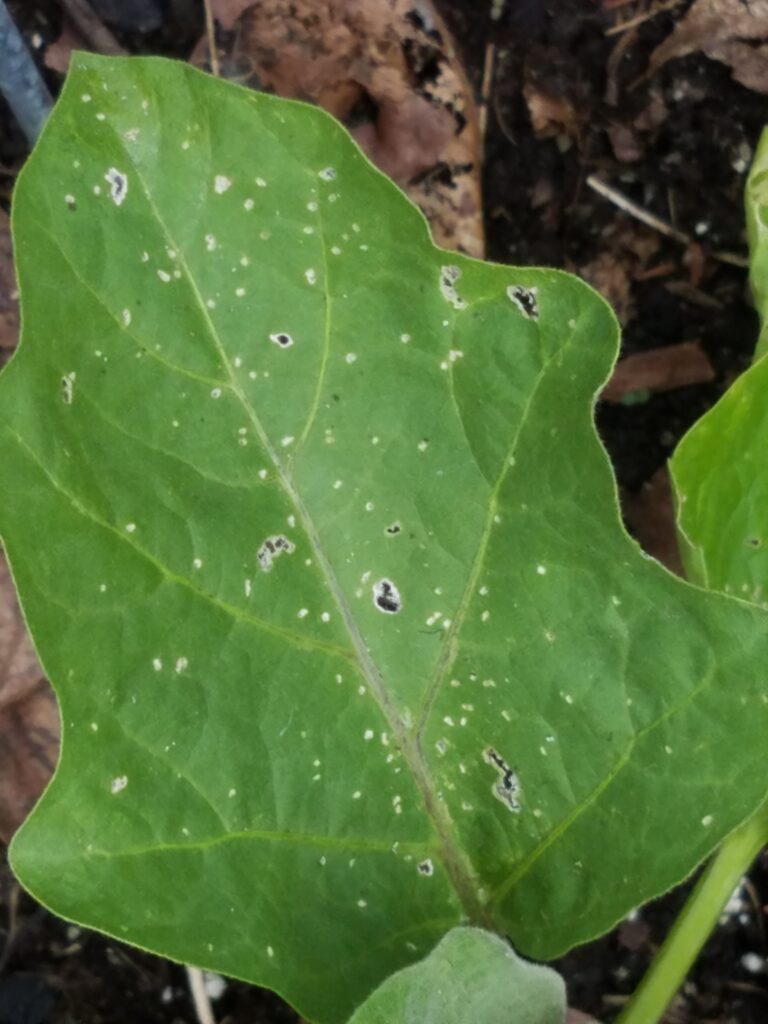Beet Gardening for Success and Food
Beets are a root vegetable that has been cultivated for thousands of years. They are biennials grown as an annual in the garden. Their origin is unclear, but they are believed to have originated in the Mediterranean region or possibly in Egypt. The ancient Greeks and Romans used beets for medicinal purposes and as food. Beets were also used as a natural dye, particularly for fabric and leather. Today, they are grown all over the world, with the largest producers being Russia, the United States, and Poland. Beet Gardening for Success and Food is not difficult.
Types and Varieties of Beets
There are several varieties of beets, each with its own unique characteristics. The most common are red beets, golden beets, and chioggia beets.
Red beets are the most common. They have a deep reddish-purple color and are often used in salads, soups, and roasted dishes.
Golden beets have a bright, sunny yellow color and are milder in flavor than red beets. They are often used in salads and roasted dishes.
Chioggia beets, also known as candy-striped beets because of their striking red and white striped flesh, have a slightly sweeter taste than red beets and are often used in salads and as a garnish.
Choosing Beet Varieties: Color and Days to Maturity
When choosing a beet variety, differences such as flavor, texture, size, sugar content (the roots are typically high in sugar, 8% to 20%), and days to maturity should be considered. Here are three examples of the many to choose from:
- Red Ace – This variety produces round, smooth, deep-red beets that are about 3 inches in diameter. They mature in about 55 days and have a sweet, tender flesh.
- Golden Detroit – This variety produces medium-sized, round, golden-yellow beets that are about 2-3 inches in diameter. They mature in about 55 days and have a mild, sweet flavor.
- Chioggia – This variety produces medium-sized, round beets with a distinctive red and white striped flesh. They mature in about 60 days and have a sweet, tender flavor.
- Lutz Green Leaf is a large plant with tasty green leaves. Its baseball-sized, heart-shaped roots are sweet and tender and it and stores well. With their large size, these beets take a bit longer to mature at about 80 days.
Growing Beets Tips for Planting, Care, and Harvesting
It will take approximately 2 ounces, roughly 1,500 beet seeds, to plant a 100 foot row. In a good year, the yield would be about 80 to 100 lbs. of roots – excluding the greens. If you are planning a “year-round” food supply, plant about 10 – 15 feet per person. That would provide approximately 8 lbs. – 15lbs. per person – roughly 40 to 60 beet roots which can be turned into 8 to 15 pints of canned beets. Beet Gardening for Success and Food will provide vitamins, minerals, and important nutrients.
Soil
Beets prefer well-drained, loose soil that’s rich in organic matter. Add compost or well-rotted manure to the soil a few weeks before planting. Soil pH should range between 6.0 to 7.5. If your soil is too acidic, add lime to raise the pH level. If it’s too alkaline, add sulfur to lower the pH level.
Planting
Beets can tolerate cold and near freezing conditions but do best with temperatures from 50°F to 75°F. They do not do well in hot weather. The roots can get tough and fibrous. They are a perfect option for spring and fall crops in northern zones or as a winter crop in zone 9 and higher.
Beets can be grown by either sowing seeds directly into the garden or transplanting seedlings. Whether you decide to direct sow into the garden or start your seeds in pots, soak seeds for 24 hours before planting. You need to understand that beet “seeds” are a cluster of several small seeds together. After the seeds germinate and the seedlings are 2 inches tall pull the weaker shoots to allow the strongest the room it needs.

When starting seeds indoors for transplanting, use small 2” x 2” pots so the seedlings have enough room to grow – both above and below the soil line. Try to start the seeds about 30 days before your last spring frost. I use a sterile seed starting mix. Soak seeds for 24 hours then plant 1/2” deep and place the pots under grow lights. When daytime temperatures are expected to average 50°F and danger of frost has past, transplant into the garden.
When direct sowing, begin planting as soon as the soil has warmed to about 45°F. Beet seeds should be planted about 1/2 inch deep and spaced about 2 inches apart, space rows about 12” to 18” apart. To ensure maximum germination, keep the soil moist. Seeds should germinate in 7 to 15 days. When the seedlings are 6” tall, pull every other plant. The final spacing between plants should be a minimum of 4” – 6”. You can use what you pull – both roots as well as greens.
Plantings can be made every 2 weeks before mid-summer. One way to judge when to stop planting in the spring is to check average temperatures in your area. When the average temperature is expected to average over 80°F, count back 60 days – that should be the last date for spring planting. For Autumn planting, start sowing seeds 10 – 11 weeks before frosts are expected.
Watering
Beets need consistent moisture to grow properly, but they don’t like to be waterlogged. Water regularly, but don’t overwater. An inch of water each week is recommended for proper growth. Mulching around the plants can help to retain moisture and suppress weeds.
Sun Exposure
Beets prefer full sun, but they can also grow in partial shade. However, if grown in too much shade, they may not develop the deep, rich color and flavor that they’re known for.
Fertilizer
Beets are heavy feeders, however, choose a fertilizer that is lower in nitrogen than both potassium and phosphorus. Too much nitrogen will lead to more leaf growth at the detriment to the roots. You can also add a side dressing of compost or other organic fertilizer once or twice during the growing season.

Problems, Pests, and Diseases
Beets are generally resistant to pests and diseases, but there are a few that can cause problems. The most common pests are aphids and leaf miners.
Aphids can be controlled by spraying the plants with a solution of water and dish soap.
Leaf miners can be controlled by removing infected leaves and applying a natural insecticide.
Flea beetles are a common pest problem. They damage leaves by leaving numerous tiny holes in beet leaves. If the infestation is bad enough the plants can be killed. Two organic methods to control flea beetles are:
- using floating row covers to protect the plants and
- adding beneficial nematodes in the soil to attack and kill the beetle larvae.
Cabbage loopers, tiny green caterpillars that can destroy the plant can be controlled by using Bacillus thuringiensis (Bt) to control.
A common disease affecting beets is powdery mildew. This can be prevented by ensuring good air circulation around the plants and avoiding overhead watering. If powdery mildew does occur, remove infected leaves and apply a natural fungicide.
Keep beets well-irrigated to prevent scab, the same disorder that affects potatoes, causing raised brown rough spots on the mature roots.
Boron deficiency in the soil can cause an internal breakdown or browning. This is most likely to occur in alkaline soils after prolonged hot, dry periods. If this happens, get a soil test to confirm. Adding one tablespoon of borax to a gallon of water will provide enough boron for a 250 square foot garden to fix.
Damping can impact seedlings (both direct sow as well as in the greenhouse) Different forms of soil-borne fungi that grow in wet, humid environments cause damping. It’s most likely damping off if the seedlings die unexpectedly not long after planting, and the plants look discolored and decaying. Enable the seed-starting mix to dry entirely before watering, and make sure your soil has good drainage. Do not overwater your plants.
Cercospora leaf spot is a fungus that occurs on the leaves as dark, patchy spots that may be yellow in color. Remove the affected leaves and throw them out, avoid touching healthy looking leaves. If your beets are planted close together, thin them out, so crowded plants have a better chance to grow. Cercospora can be controlled by spraying Mancozeb
Harvesting and Storing Beets
You should pull beets when the soil is dry. Be careful when pulling or lifting roots from the ground, if you need to use a pitchfork or shovel, do so carefully. Do not to break or injure the beets.
Beets can be harvested at any time however, they will mature at about 1 1/2 to 2 inches in diameter. Be sure to cut off the leaves about 1 inch above the beet before storing. The green tops are edible, and frankly very tasty. If you cut away the greens at the root, you may cause damage and the root to bleed.
Any roots that are damaged should be used within a few weeks, they will not store well and rot spots will start at any damage. To prepare any roots for storage, carefully rub soil from the roots, try not to wash but if you do, dry them.
Beets can be stored in a cool, dry place for several weeks. Store beets in a cold moist place as near to freezing as possible without actual freezing, 32°-40°F and 95 percent relative humidity in a container—a bucket or plastic storage box or cooler with moist sand, peat moss, or sawdust. Don’t pack roots too tightly; if the roots touch they can start to rot; be sure to leave 2 inches (5 cm) of insulating material around at the top, bottom, and sides of the stored roots. Set the lid loosely so that there is good air circulation.
For long term storage, beets can be cooked for about twenty minutes then frozen. They can also be pressure canned or pickled and canned using a hot water method, see Ball Jar Recipe Blog for recipes for both methods of canning.
By following these tips for planting, care, and harvesting, you can enjoy a bountiful harvest and enjoy a beet gardening for success and food
The below chart provides the calories, vitamins, minerals and other important nutrients provided by 100 grams (roughly 3 ounces) of raw beets. The information from this chart comes from USDA Nutrient Database
Beet Gardening for Success and Food





